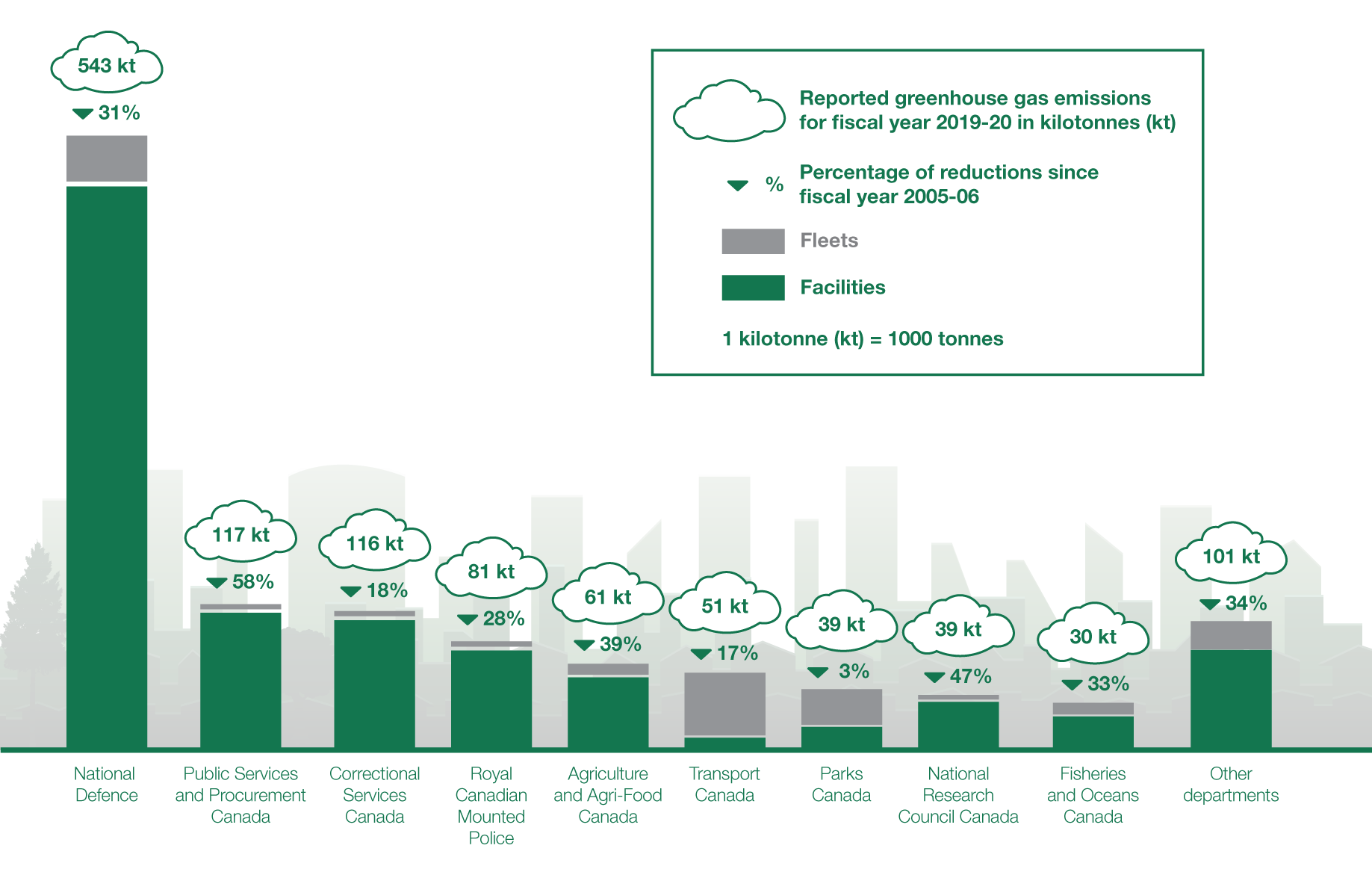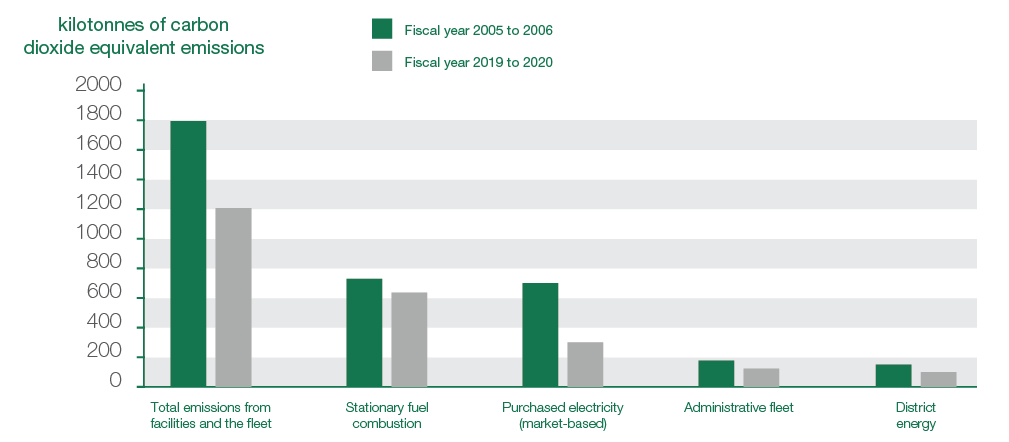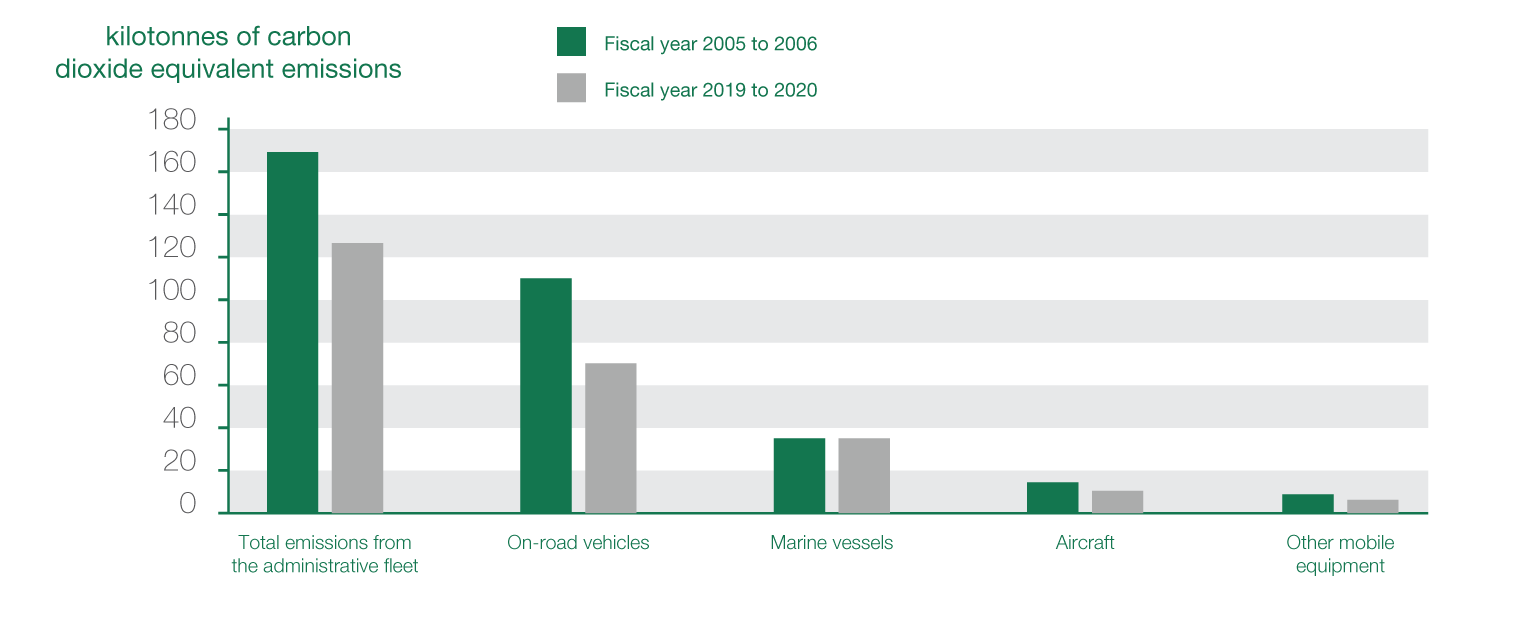roger1818
Senior Member
On an unrelated note, Railways Explained recently did a video on the (non-existent) HSR in Canada. Well worth a watch.
Likely if the Conservatives win there will not be any new investment in the long distance fleet and things will need to stay as they are.First of all, that corporate plan is from 2017, prior to receiving approval to order the new fleet. There are 3 newer corporate plans available (and the 2021 one will hopefully be published soon).
As for the long distance fleet, it certainly is an issue (it becomes more apparent how bad it is in the 2020-2024 Corporate Plan). Unfortunately, as the long distance fleet replacement will be more expensive than the corridor fleet replacement, as VIA owns over 250 long distance cars (compared to the 160 corridor cars replaced). I don't know if any government will want to invest that much money in the long distance services. Then again, they won't want the responsibility of cancelling the services either, so they will most likely die a slow and painful death.
It's not the same market.The best thing about GO to London is that it would force VIA to upgrade the Windsor-Aldershot portions of the line increasing the speed, frequency, and reliability of the service.
London is the fourth busiest station in the system and Windsor seventh. We have already seen GO take a bite out of KW to Union ridership and as GO expends, VIA will become basically useless to people in Kitchener & Guelph. SWO is a ridership and revenue generator that VIA cannot afford to sacrifice. In fact on a per-person/km travelled basis is requires the least amount of subsidy in the whole system. If GO reaches London {and got knows they couldn't be any slower or less reliable than VIA}, then the probably lower fares will blow a whole in VIA's wallet. Added to this it would mean VIA would have to greatly reduce frequency to stem the losses meaning far less frequency and hence poorer service to Windsor & Sarnia making VIA less appealing to those riders as well.
Even the threat of all day GO service to London might be enough to get VIA to finally inject some REAL money in the SWO corridors.
Even if the Liberals win, it is highly unlikely there will be any new investment in the long distance fleet. I am not even sure the NDP would financially back a new long distance fleet. It is a hot potato that no one wants to catch.Likely if the Conservatives win there will not be any new investment in the long distance fleet and things will need to stay as they are.
There is a plan to rebuild all HEP II units which will take until 2023, so we will need to see what happens then. Some can join the long distance fleet once the new trains arrive in the corridor.
Unexpected issues have arisen resulting in review of the requirements that will reduce the scope of this project. VIA Rail will continue with routine state of good repair work for cars outside the scope of the program. Additional details regarding the current fleet, both Corridor and Non-Corridor, and the funding requirements foreseen to maintain the fleet are noted within Section 4
VIA Rail recognizes that despite the inherent quality of construction and intrinsic longevity of the stainless steel used, it is no longer reasonable to expect an extended service life from the Budd manufactured rolling stock equipment (HEP cars) that is approaching or has exceeded 70 years of age.
At some point the effectiveness, usefulness and maintenance costs of any product will reach a point where replacement must be considered and unfortunately this also includes the HEP cars.
How often do we have to talk about your ever-same talking points? If you want to electrify this country's rail network, you will have to first get CN and CP on the table and see whatever solutions they might be willing to tolerate on their infrastructure or to even adopt for their own operations. They are the whales, whereas VIA is just a shrimp...VIA also has another problem which they generally ignore................they have to decarbonize their fleet.
There is no way, in hell, that Ottawa will demand the people and businesses spend money and effort to reach net-zero by 2050 and yet gives one of it's key Crown Corporations a pass. We are also not just talking about the Corridor either but the entire network from Vancouver to Halifax.
I don't think we are going to see any electrification of the routes within 10 years. Not until battery and hydrogen technology develop and the infrastructure is in place will Ottawa really consider zero emission vehicles for VIA. The first such trials would obviously take place in SWO and possibly Ottawa to Montreal.
VIA also has another problem which they generally ignore................they have to decarbonize their fleet.
There is no way, in hell, that Ottawa will demand the people and businesses spend money and effort to reach net-zero by 2050 and yet gives one of it's key Crown Corporations a pass. We are also not just talking about the Corridor either but the entire network from Vancouver to Halifax.
I don't think we are going to see any electrification of the routes within 10 years. Not until battery and hydrogen technology develop and the infrastructure is in place will Ottawa really consider zero emission vehicles for VIA. The first such trials would obviously take place in SWO and possibly Ottawa to Montreal.
VIA also has another problem which they generally ignore................they have to decarbonize their fleet.
There is no way, in hell, that Ottawa will demand the people and businesses spend money and effort to reach net-zero by 2050 and yet gives one of it's key Crown Corporations a pass. We are also not just talking about the Corridor either but the entire network from Vancouver to Halifax.
I don't think we are going to see any electrification of the routes within 10 years. Not until battery and hydrogen technology develop and the infrastructure is in place will Ottawa really consider zero emission vehicles for VIA. The first such trials would obviously take place in SWO and possibly Ottawa to Montreal.
This type of application is suitable for GO transits lakeshore line. They can recharge at end point and at Union.This is a tough problem. Hitachi is working on train to do a 300mile route in the UK from battery but that's the longest I've seen. Most target a 100 mile.
A battery powered The Canadian train appears technically possible but it'll be a royal pain in the ass due to the very large distances between major stops.
A company in Utah sells 1MWh of stored energy within a standard 40 foot container (designed for solar storage; they have a 1 hour quick-charge time and about a 4 hour discharge-time) but you probably need 25 to 30 containers to make the trip from Toronto to Winnipeg. Obviously some electronics needs to change to power a locomotive but it seems useful to use an off-the-shelf product as a reference point.
Charging at small towns isn't practical; the grid wouldn't support it. So charging would be major stations only likely via a cruise-ship style 8MW plug over a 90 minute period OR swapping the battery cars.
In either case, they're hauling around 50-60 tonnes of battery (that's lighter than expected) and making the train 50% longer if double-stacked.
VIA also has another problem which they generally ignore................they have to decarbonize their fleet.
There is no way, in hell, that Ottawa will demand the people and businesses spend money and effort to reach net-zero by 2050 and yet gives one of it's key Crown Corporations a pass. We are also not just talking about the Corridor either but the entire network from Vancouver to Halifax.
I don't think we are going to see any electrification of the routes within 10 years. Not until battery and hydrogen technology develop and the infrastructure is in place will Ottawa really consider zero emission vehicles for VIA. The first such trials would obviously take place in SWO and possibly Ottawa to Montreal.
Lets think about this:The climate crisis is a real issue but as somebody that has had experience working on large battery systems, I do not believe that they make sense for the vast majority or railway applications even with improvements with battery technologies. Railways not only face the standard battery challenges of weight, range, and changing time, but are also presented with the opportunity of using a direct connection to the electric grid to avoid these issues! Ofc batteries can make sense for limited applications such as minor branch lines and perhaps short sections where catenary installation would be exceedingly difficult. Lithium batteries are an amazing technology that are exceptional in many applications but, like any technology, they should not be viewed as a cure-all.
VIA also has another problem which they generally ignore................they have to decarbonize their fleet.
There is no way, in hell, that Ottawa will demand the people and businesses spend money and effort to reach net-zero by 2050 and yet gives one of it's key Crown Corporations a pass. We are also not just talking about the Corridor either but the entire network from Vancouver to Halifax.
I don't think we are going to see any electrification of the routes within 10 years. Not until battery and hydrogen technology develop and the infrastructure is in place will Ottawa really consider zero emission vehicles for VIA. The first such trials would obviously take place in SWO and possibly Ottawa to Montreal.
- In fiscal year 2019 to 2020, the top 6 emitting organizations (National Defence, Public Services and Procurement Canada, Correctional Service Canada, Royal Canadian Mounted Police, Agriculture and Agri-Food Canada and Transport Canada) generated 82% of the Government of Canada’s real property and administrative fleet GHG emissions







